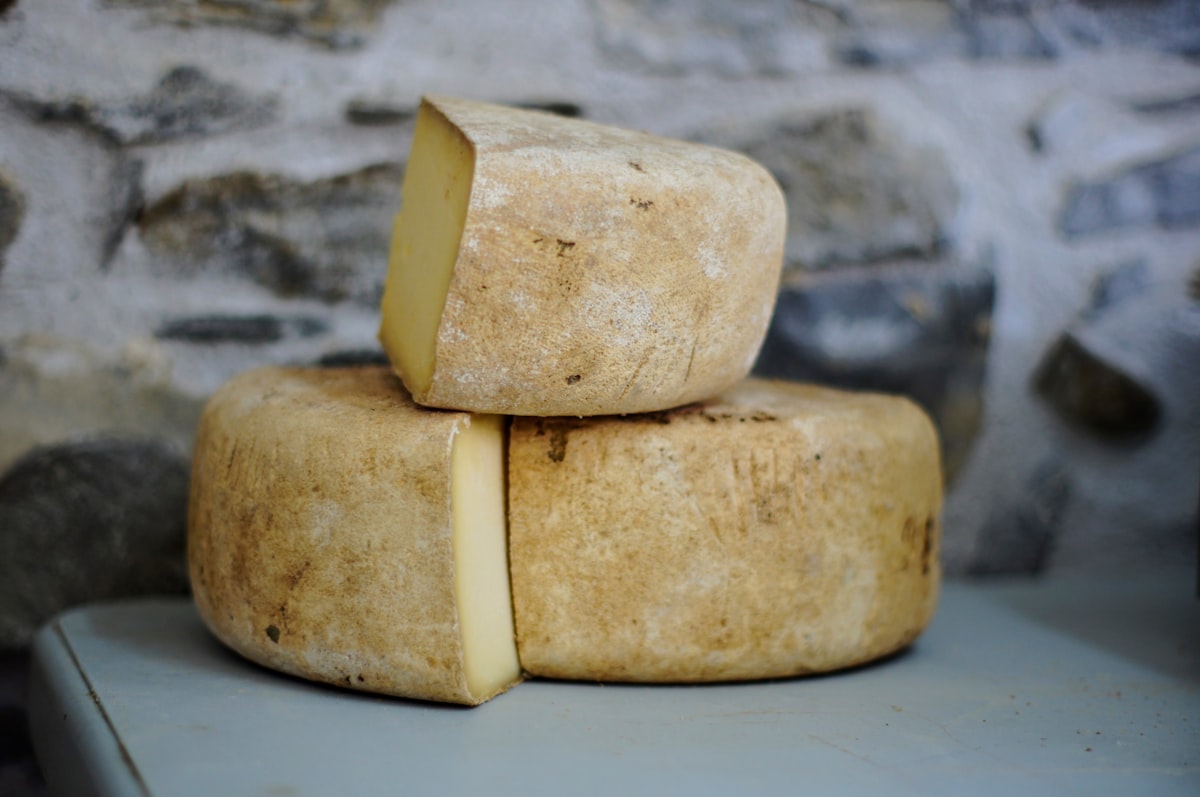How Cheese Is Made, Aged, and Flavored

If you're wondering how cheese is made, you should know that the production process starts with whole raw milk heated to 161 degrees Fahrenheit and held there for 15 seconds before it is cooled back down. A single batch of cheese can yield up to 1,200 pounds. Read on to learn about cheese's history, nutritional value, and flavor.
Pasteurization
Pasteurization is a method used to kill bacteria that cause outbreaks of foodborne illnesses. Pasteurized cheese is a safer alternative to raw milk. The process is usually performed using a plate heat exchanger, which raises incoming milk to a temperature of 162degF or 72degC for 15 seconds. The milk is then cooled to the temperature necessary for filling a cheese vat. The process is automated and includes a built-in safety system.
Pasteurization benefits cheesemakers by allowing them to achieve consistency in the final product. It also partially cleans the milk canvas, improving control and predictability. This means fewer microbes will interfere with the cheesemaker's process and will help preserve the product's flavor.
Aging
To make the most delicious aged cheeses, it is essential to ageing them properly. This process is fundamental and needs to be done at the right temperature and time. The ideal conditions for aging cheeses were found in underground caves. However, modern man caves can simulate the cave environment for aging cheeses.
When cheeses are aged, they are subjected to proteolysis, which causes the protein chains to break down into smaller sections. The resulting amino acid compounds are responsible for aged cheese's varied tastes and textures. Without this process, you would not be able to get the distinctive meaty, nutty, or smoky flavors of aged cheeses. Tyrosine crystals are another critical component of long-aged cheeses, which help them develop their distinct flavor.
Flavor
The cheese flavor is a complex and versatile ingredient with numerous uses. As a result, cheese flavor is found in many foods. More than 300 varieties are sold in the United States, and food companies are leveraging this flavor in new products. A recent Wisconsin Milk Marketing Board study showed an increase in cheese-based products.
The complex process of cheese flavor formation includes a combination of taste and aroma compounds. Flavor formation occurs due to various microbiological and biochemical reactions, including lactic acid bacteria that metabolize lactose, citrate, and location. In addition, specific proteins in the cheese contribute to its flavor.
Nutrition
Cheese is an incredibly versatile food with a variety of flavors and textures. The coagulation makes it of the casein protein found in milk. The resulting substance is a mixture of proteins and fat. Most cheese is made from the milk of cows, buffalo, or goats. Here are some essential facts about cheese nutrition.
Cheese contains a lot of salt, which is necessary for fermentation. It also helps drain excess water and inhibits the growth of bacteria. However, too much sodium in the diet may increase the kidney and liver burden. Cheese that has a low sodium content is considered safe for children. Some cheeses may contain trace amounts of preservatives. If you're unsure, read the label carefully.
Health benefits
Cheese has several health benefits. For example, dairy fat can contribute up to five percent of the calories you consume every day. It also has polyunsaturated fatty acids that help lower the risk of cardiovascular disease by as much as 24 percent. However, cheese is still a high-calorie food, so eating cheese in moderation is essential.
Cheese also contains essential nutrients for bone health, and its high calcium content helps protect the teeth and jaw from decay. It also helps lower the pH of the mouth, which helps fight plaque. Similarly, a recent study at the University of Milan suggests that cheese can help prevent certain types of cancer.



